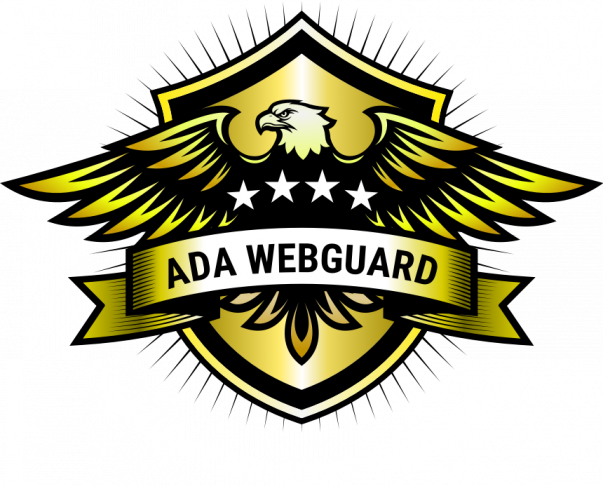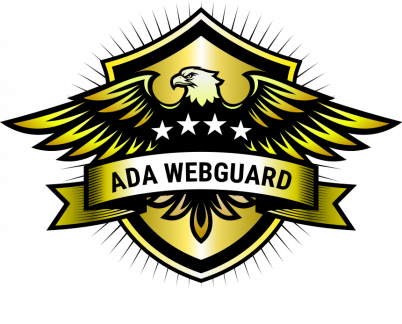To understand what ADA website accessibility means in 2021, we must first need to understand the true meaning and intent of The Americans with Disabilities Act (ADA).
The American with Disabilities Act is a civil rights law that “prohibits discrimination against individuals with disabilities in all areas of public life, including jobs, schools, transportation, and all public and private places that are open to the general public. The law guarantees equal opportunity for individuals with disabilities in public accommodations, employment, transportation, state and local government services, and telecommunications. The ADA was signed into law on July 26, 1990, by President George H. W. Bush.
Under Title III of the ADA, businesses that fall into the category of “public accommodations,”. Essentially, any business that regularly serves the public is considered a public accommodation.
i.e.: e-commerce, hotels, restaurants, grocery stores, retail outlets, social services centers, laundromats, accountants, lawyer’s offices, health care offices, medical services, schools, banks, etc. are required to comply.
In Short, Leave No One Behind!
In recent years, this law has been interpreted by Federal Courts to apply to all web-based and electronic content as well, requiring that websites be easily accessible for those who are blind or have low vision. There is no current law, but The Department of Justice (DOJ) has required WCAG 2.0 AA conformance as a part of consent decrees and most of the Federal circuit courts reference WCAG as the standard for what makes a website ADA compliant.
The Web Content Accessibility Guidelines (WCAG) are part of a series of website accessibility guidelines published by The Web Accessibility Initiative (WAI) of the World Wide Web Consortium (W3C), the main international standards organization for the internet
The guidelines and Success Criteria are organized around the following 4 principles, which lay the foundation necessary for anyone to access and use Web content.
Principle 1: PERCEIVABLE
Typography, Images, Audio, and Video. (Don’t stop your users from reading, watching, or listening to your content!)
Principle 2: OPERABLE
Interfaces and Navigation, Keyboard Navigation, Progressive Enhancement (Don’t keep your users from getting to all your web pages and filling out your forms!)
Principle 3: UNDERSTANDABLE
Be Simple and Explicit, Avoid Assumptions (Don’t prevent your users from understanding the sites’ intended meaning!)
Principle 4: ROBUST
Semantic Markup, Responsive Design (Don’t prevent your users from accessing your web content from a variety of assistive devices!)
TYPES of DISABILITIES and ONLINE CHALLENGES
It is important to understand the different types of disabilities and online challenges that must be accommodated.
SIGHT: (blind, color blind, partially sighted)
HEARING: (deaf, hard of hearing)
MOTOR: (physical impairment, slow movement)
COGNITIVE: (learning difficulties, problems with reading)
WHY DOES IT MATTER IN 2021?
Making your digital content accessible will allow the ease of access for individuals with visual, hearing, motor and cognitive disabilities. Approximately, 1 in 5 people in the United States, or 64 million people, identify as having a disability. If you are not making your web content fully accessible, you are potentially missing out on 20% of your audience. By making your website accessible, this will open your content to a huge percentage of the population, your business is certain to improve.
Remember . . .
Federal Courts are now interpreting public accommodation to include websites. Failing to make your website ADA compliant and accessible, means your business is susceptible to lawsuits.
Business owners who are defendants in lawsuits are obligated to pay for their attorney fees, pay to remediate their website, and almost always, pay for the plaintiff’s attorney fees and expert fees to settle the case. The Bottom line is that remediating your website to be ADA compliant insulates your business from being targeted by lawsuits.
WHY IS WEBSITE ACCESSIBILITY ESSENTIAL TO YOUR BUSINESS?
LEGAL PERSPECTIVE
…you can be sued for not complying with accessibility laws.
Only through compliance can you protect yourself when accused or when sued for non-compliant websites.
BUSINESS PERSPECTIVE
…barriers keep clients away.
- 1 in 5 People are Disabled
- 10.1 million are Blind or Visually Impaired
- 7.6 million are Auditory Impaired
- 19 million are Motor Impaired (can’t use a mouse)
FINANCIAL PERSPECTIVE
…The American Institutes for Research pegged The Working-Age Adults with Disabilities group’s disposable income at $490 Billion in 2018.
THE FUTURE
…as we age, so does our sight, hearing and physical abilities. In 10, 20, 30 years, Accessibility may be important to you!
For more information or to see if your company’s website is ADA Compliant and has an Accessible web design, contact Garett Grabarnick at ADA WebGuard, 833-232-9321, [email protected] or go to www.adawebguard.com and check out our EZ check website accessibility testing application. EZ Check is a Do-It-Yourself application that will provide you with a website ADA compliance and accessibility report that you can easily understand. You can sample a few pages or analyze your entire website in 3 simple steps.


